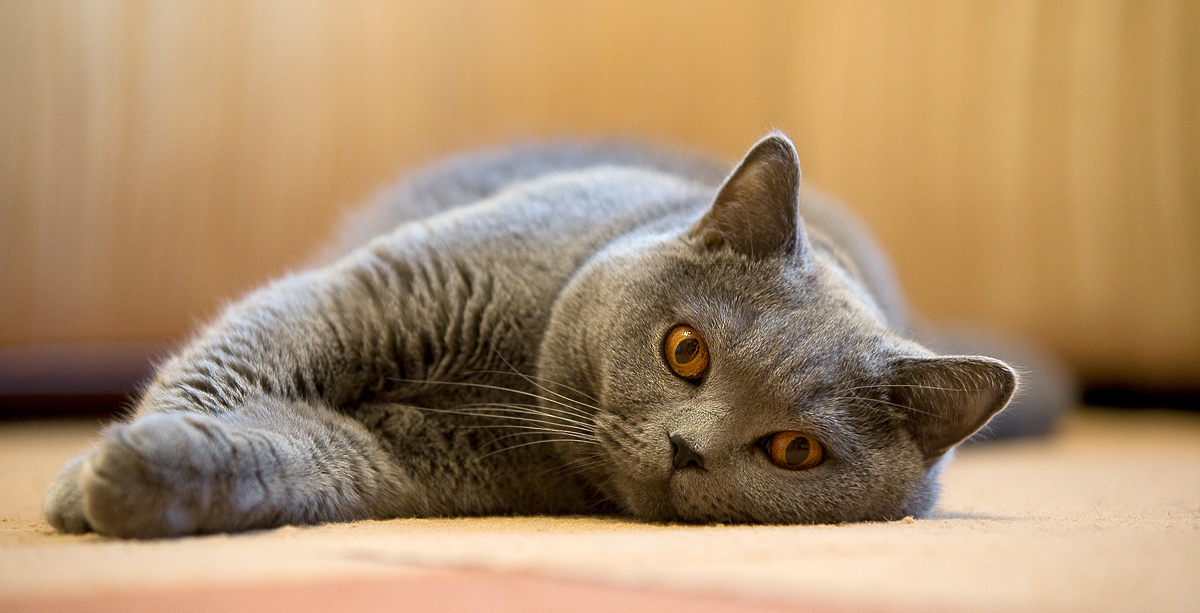Pure wellness for tiger tomcat Tim: in the evening lying on the couch with his master, stretching out your paws with relish, kicking a little … and of course purring vigorously! It sounds like a little motor when the striped tomcat enjoys his cuddles. Purr, that is a sound like no other in the animal world!
How does the purr work?

But how does this peculiar sound actually come about, which sounds very subtle with some cats and is as loud as a lawnmower for others? For a long time, purring was an unsolved mystery in cat research. It was known that it was caused by a diversion of the airflow, but no one could really explain exactly how this constant sound comes about. Theories and hypotheses about the vibrations of the vocal cords or about the “vestibule” typical of cats were common. But some also attributed to the hyoid bone or the lungs to be responsible for the purr.
In fact, most experts assume that the sound is caused by the larynx. Accordingly, when inhaling and exhaling, the airflow flows over the tense vocal cords that lie above the larynx. This releases nerve impulses that contract the muscles of the vocal folds in the larynx and generate rhythmic vibrations (and that very quickly, about 20 to 30 times a second). We perceive this vibration as a purr.
Why do cats purr?
Purring is a physically demanding process that the cat has to learn properly. This is why young kittens must first practice for months until they sound like their adult relatives. But why do cats even do that? Interestingly, it doesn’t just have to do with whether the cat feels particularly comfortable or secure. Because even kitties who are alone or in threatening situations make the characteristic noises. The steady hum can also be a sign of fear.
Purring is training while lying down

New scientific studies show that purring is healthy and stimulates bone growth. In addition, it is a kind of muscle training for animals such as cats that sleep for 16 hours a day, lie a lot, or lurk a lot. Because of the continuous stimuli in the skeleton, the metabolism of the bones is stimulated and new bone cells are formed or tissue is increased and repaired. Studies have shown, for example, that broken bones healed more quickly as a result of purring.
The vibration stimulates the bones and muscles continuously in a gentle way, while the cat lolls comfortably on the lap of the master or mistress.
Cats can even purr while they are eating or meowing, and kittens don’t even have to stop purring when they suck on mom’s teats. Supposedly it serves as a way of communication and signals to the mother that everything is fine.
Can big cats purr?

Not only do our house cats purr, but the incomparable sound also occurs with big cats. Puma and lynx, for example, should sound just like our house tigers. The lion and the tiger can purr too. But not like our domestic kitties, who manage to inhale and exhale. With big cats, this is not possible due to the elastic hyoid bone. Lions only purr when they exhale and therefore sound a bit different from their little relatives.



